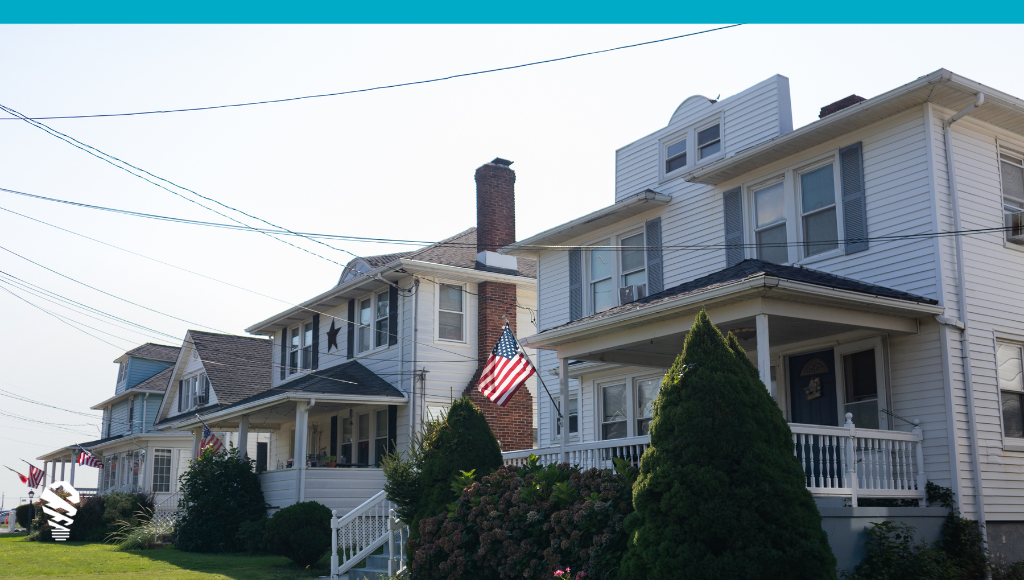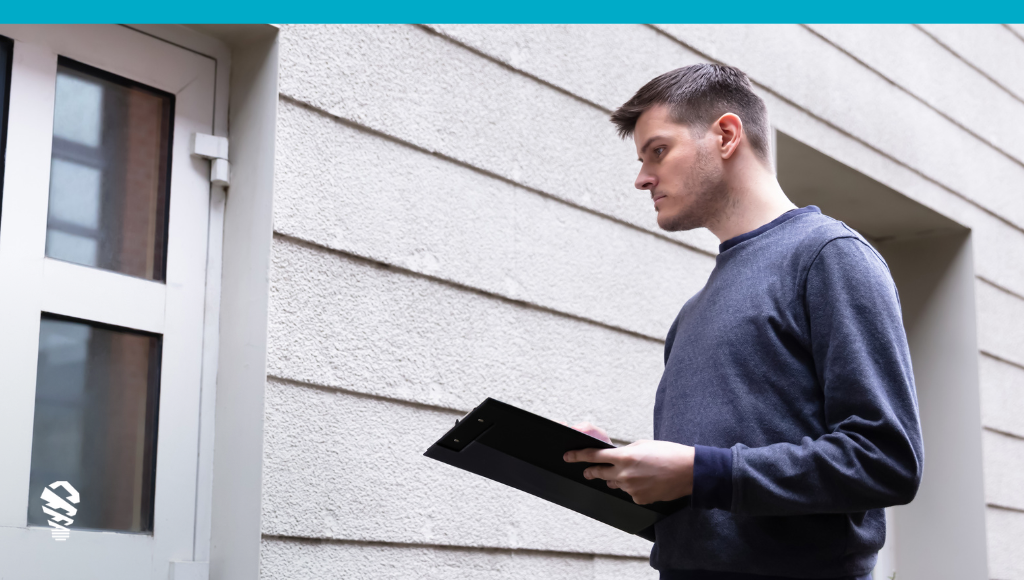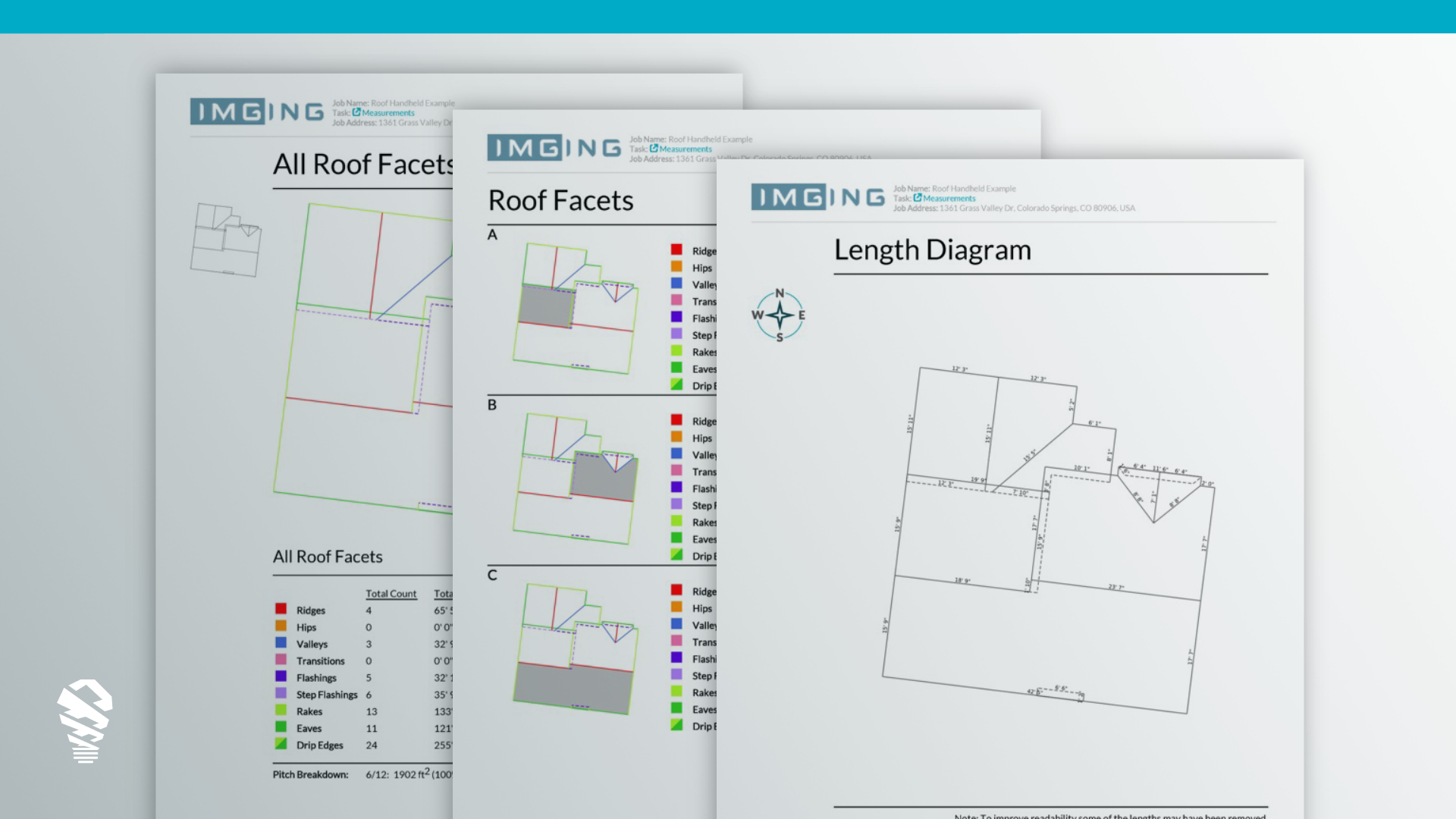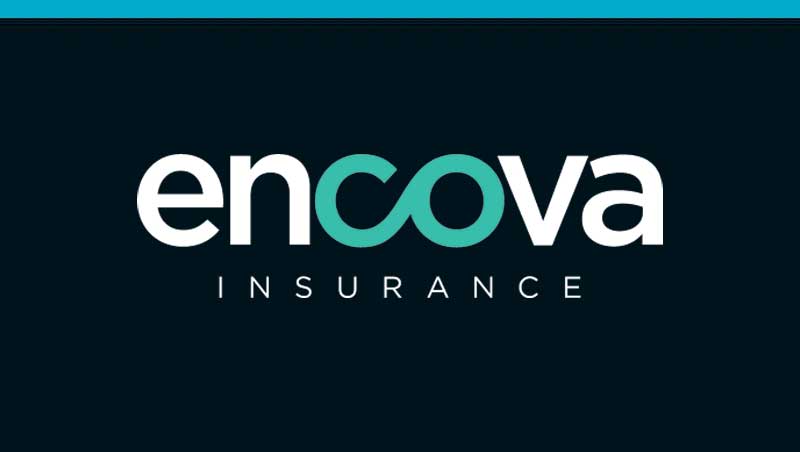Though drone proliferation throughout the insurance sector might still be in its nascent stages, companies who have employed drones are moving away from hands-on, time-intensive methods, minimizing exposure to dicey work conditions, enhancing resource allocation, reducing fraud, and trimming core transaction processing. In fact, according to Deloitte, drone technology has the potential to help save the insurance industry nearly $7 billion annually.
A sleeker brand of insurance organizations is transitioning from traditional to innovative, reaping the benefits of drone-powered solutions, and the industry at large is transforming because of it.
Claims Management
Claims management has taken on a whole new meaning with top carriers such as State Farm and Travelers using drones to streamline their processes. Drones improve the claims adjudication experience for all parties involved; carriers process and resolve more claims faster, keeping customers satisfied with speedy service. This type of efficiency enables major cost savings for insurers, allowing them to generate a return for investing in drones.
Of course, UAV technology is making the biggest difference in the claims process when it’s paired with a sophisticated drone platform. Drones themselves are immensely capable in terms of collecting imagery, but manual drone flight will only take you so far. It pales in comparison to an automated solution, considering the productivity gains made possible through on-site measurements, damage detection, 3D models, and shareable reports.
By adopting automated drone flight, A.I., and analytics software, insurance organizations are effectively digitizing the entire claims process from inspection to settlement. Apps like IMGING allow carriers to finish property inspections up to 200% faster and reduce cost per claim by up to 55%.
Customer Experience
Customer experience is a natural beneficiary of better claims management, which translates to quick responses and more tailored pricing. Expectations are high for the modern customer base, patience is fleeting, and most people will end a relationship with a company after one bad experience. With such a low margin for error, drones have become a determinant in an insurance company’s ability to retain loyal customers and achieve a competitive advantage.
In 2014, Cognizant Technology Solutions estimated that drones would boost claim adjuster efficiency by 40-50%. Today, Allstate substantiates this claim by using drones to issue repair estimates in just 4.5 days. Drones simplify the process for both carrier and customer, reducing cycle times and amping-up customer service ratings.
The Workforce
Drones for insurance are making a significant impact on the industry’s workforce—not by replacing human labor, but by supplementing it. Services such as IMGING On Demand (which uses the IMGING drone platform for data capture) eliminate the need to send out field adjusters or other third-party hires to obtain property information. Instead, they drive 20% savings by providing adjusters with on-demand claim data.
Most carriers adopting a drone strategy are combining outsourced drone solutions with in-house adjusting to augment labor, optimize operations, and balance out the deployment of specialized resources.
While intelligent software will make the data meaningful, there is still a need for someone to interpret and act on that data. For these skilled adjusters, a drone-based process entails far less risk because it eliminates the need to climb on a roof. With drones, adjusters can safely capture and inspect a property from the ground.
Catastrophe Response
The frequency and severity of catastrophes are rising, but thankfully, technology is advancing as well. Carriers that have previously struggled to meet the demands of catastrophe claims are now responding swiftly to policyholder crises. Drone technology is delivering higher-grade data in larger quantities and less time, increasing the performance of catastrophe models in quantifying risk.
Once a catastrophe hits, claims adjusters have a faster, safer, more cost-effective way to conduct site inspections when work conditions are challenging. Drones can cover wide areas, massive structures, and even inaccessible properties in minutes, taking comprehensive aerial imagery without the risk of injury. Drone platforms like IMGING create 3D models and pinpoint damage through artificial intelligence.
Drones and AI for insurance adjusters help to identify infrastructure damage, validate CAT models, and accelerate response times to property damage insurance claims. For this reason, using drones for insurance claims adjusting should be an essential element in carrier’s catastrophe response plans.
Reduce Loss Adjustment Expense (LAE)
There are several expenses associated with investigating and settling an insurance claim, therefore there are several ways to lower LAE. Carriers have implemented UAVs and A.I.-powered platforms in their workflows to greatly reduce overall cost per claim by replacing legacy outsourcing options and refining the claims process.
Many insurers are also utilizing drones to acquire property data before issuing a policy in order to work out the best possible premiums. Because premiums hinge on risk, the more detailed information the carrier can get on a home and its features, the more precise and personalized their premium calculation will be. Drones provide this level of detail and enable this kind of regard for the policyholder, while also preventing losses from claims related expenses.
Mitigating Risk and Monitoring Fraud
The ability to perform aerial site inspections of insured properties prior to extreme weather events can also protect carriers against fraud. In May of 2019, the Insurance Information Institute reported that fraud makes up about 10% of loss adjustment expenses and property and casualty insurance losses annually. This equates to roughly $32 billion each year. Additionally, 57% of insurers predict that this type of fraud will increase.
Drones for insurance thwart fraudulent activity by supplying an efficient way to gather data and design mitigations. Thus, risk management and fraud monitoring become less reactive and more proactive and predictive. When flooded with property damage claims following an extreme event, insurance carriers are now referencing pre-disaster inspections to determine if the policyholder is claiming damages that existed before the event occurred.
Final Thoughts
Across the insurance value chain, insurance carriers are applying drones and drone platforms to meet strategic objectives. They are collecting and intelligently analyzing data, digitizing claims adjudication, building trust with policyholders, and powering operations that will stand the test of time. Such benefits to the vendor and policy owner all but guarantee a vast and rapid expansion of drone use within the insurance industry in the coming years.
If you are curious how a drone solution can improve your insurance organization and elevate the work that you do, sign up for a custom demo with one of our insurance professionals.









